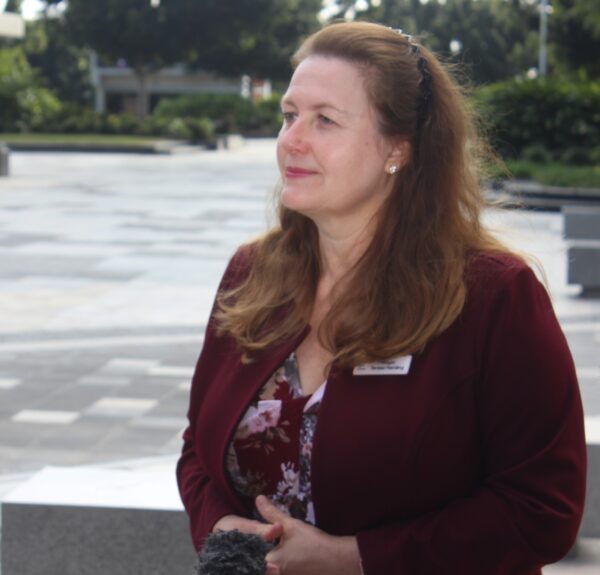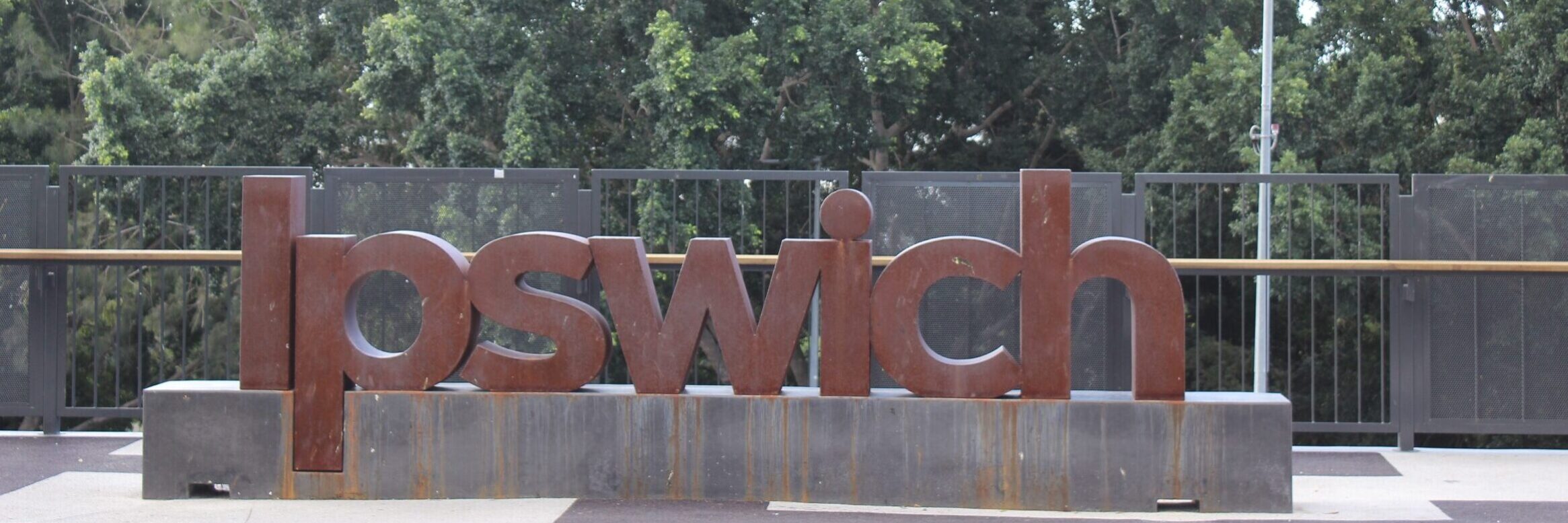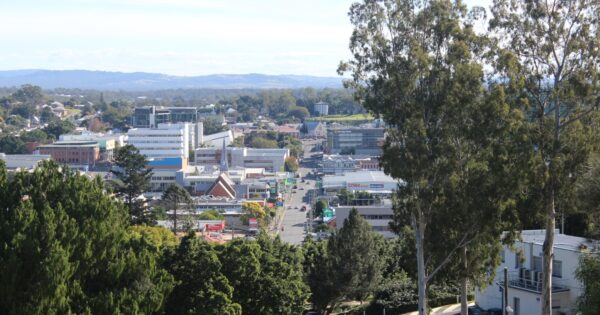Ipswich is facing a massive funding shortfall from state and federal governments. Photo: ANDREW KACIMAIWAI
Ipswich ratepayers are to be charged a $55 infrastructure levy to make up for a billion-dollar shortfall in state and government funding.
The levy is a part of Ipswich City Council’s 2025-26 Budget which will be handed down on July 1.
Ipswich Mayor Teresa Harding says the city has been significantly underfunded by Canberra and Brisbane for years, leaving council with a billion-dollar funding hole to fill over the next 10 years.
“Ipswich is forecast to grow faster than any other council in Queensland in the next 20 years (doubling to 533,000 residents by 2046) yet we receive some of the lowest infrastructure investment of all south-east councils,” she says.
“Our city is tasked with accommodating this incredible growth without the corresponding infrastructure investment,” she says.
“You can’t grow a city without roads, public transport, sewers, community and sporting facilities.”
With no relief in sight, Harding says, the decision will raise about $5.4 million in the 2025-26 financial year. Just 1% of ratepayers whose land is valued at more than $900,000 will pay more than $55 for the levy.
FUNDING DIFFICULTIES

Ipswich Mayor Teresa Harding
Mayor Harding explains that Ipswich Council will join five other south-east councils that have infrastructure or transport levies.
“We are in tough financial times and local government is not immune to this. As the Australian and Queensland governments tighten their budgets, councils are left carrying the can,” she says.
“To put that in perspective, councils manage 77% of the state’s road network and deliver 33% of services to our communities but receive just three cents in every tax dollar as the (federal) government takes 81 cents in every tax dollar.”
She points out that an annual financial assistance grant for council from Canberra has increased by only 14% since 2016 even while inflation rose by around 31%.
Harding explained that the federal Local Roads and Community Infrastructure Program, which delivered around $3 billion to councils since 2020, will be axed next year.
Nor have they fared any better from Brisbane, she says, with neighbouring councils receiving more than they have.
“Per resident, Ipswich received the second lowest transport investment of any south-east council.” Mayor Teresa Harding
Last year, the Queensland Transport and Roads Investment Program allocated $3 billion to Brisbane, $1 billion to Logan and $198m to Ipswich, the mayor claims.
“Per resident, Ipswich received the second lowest transport investment of any south-east council – $847 per resident compared to Logan’s $3087 per resident, Moreton Bay’s $2767 per resident or Lockyer Valley’s $2335 per resident.”
Harding also says it is a common public misconception that councils profit from new development; she explained that state government caps what councils charge developers.
She would like to see developers pay an ‘infrastructure charge’ to be determined by the state government but says the amount has not been consistently indexed since 2011 even as construction costs rose around 44%.
“This means the costs to deliver these services are now greater than what council can recoup through infrastructure charges, leaving a $1 billion gap for council to try and fill.”
PAUL TULLY
Finance and Governance Committee chairman Councillor Paul Tully says the levy will help council deliver on its Local Government Infrastructure Plan.
“It would also be used to help fund major roads and open space networks, such as upgrades, extensions and intersections.
“The levy won’t cover these projects on its own but will be used to supplement the infrastructure charges collected from development, grants and other sources of funding,” Cr Tully says.
“We know that a levy on ratepayers is a difficult step to take, particularly with the cost-of-living challenges Ipswich residents are facing.
“It is important for the community’s confidence to be able to see what these funds will be spent for.”






